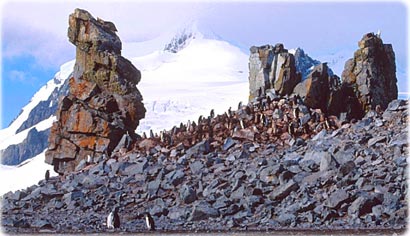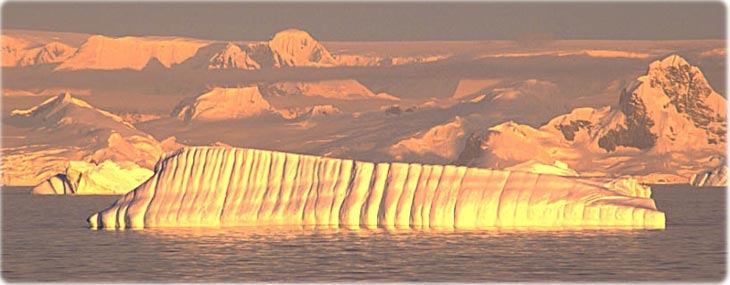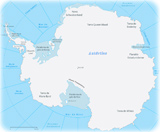
Antarctica
The continent of Antarctica is located almost entirely inside the Antarctic Circle and has a permanent layer of ice. Beneath this icy layer there is a great amount of minerals, such as oil, iron and coal. In some areas, the thickness of the layer of ice can reach 3,700 meters. As a consequence, Antarctica is the continent with the highest mean elevation.
Antarctica has a scanty flora, but a rich fauna, including many species of fish, birds and mammals. It has no permanent human population and is ruled by international treaty. Today, there is about 27 nations with research stations settled in the continent.
More: map of Antarctica and the Arctic Region.
The continent of Antarctica. Graphical image elaborated by NASA
Leopard seal in Antarctica, its habitat. It is the only seal that feeds on penguins and other warm-blooded prey.
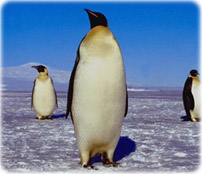
Adelie penguins. One of the four species of penguins that live in Antarctica. Penguins are flightless marine birds. All the 18 species inhabit the Southern Hemisphere, including Galapagos (Ecuador), Africa and South America. They range, in average, from 35 to 115 centimeters in height.
Orca in the icy waters of Antarctica.
An otherworldly view of the IceCube Laboratory at Amundsen-Scott South Pole Station. The IceCube neutrino detector is the largest in the world, with thousands of digital optical modules frozen into a cubic kilometer of ice. The red color is reflection from exterior red lighting used during winter darkness as red does not interfere with the auroral observations conducted by other researchers. Photograph by Martin Wolf (USAP) taken on July 16, 2021.
Antarctica coast
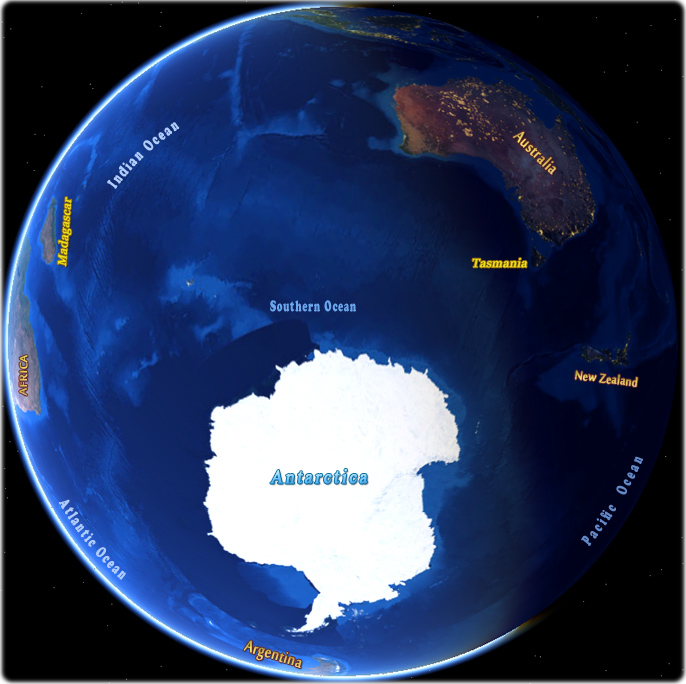
Antarctica and the oceans.
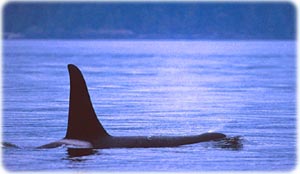

Sunset over Antarctica
Chinstrap penguins in Danco Island.
|
Copyright © Geographic Guide - Antarctica. |
Researcher at McMurdo Station, the Antarctica's largest community, established in 1956. It is Located at Ross Island.


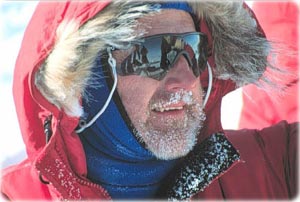
|
About Polar Aurora Polar aurora is a luminous phenomenon that occurs when gases from higher layers of the atmosphere are bombed by solar particles. Then, these particles are affected by the terrestrial magnetic field. The aurora usually happens during solar eruptions. Polar aurora can be australis (near South Pole) or borealis (near North Pole).
A polar aurora photographed by NASA, from space. |

Antarctica

